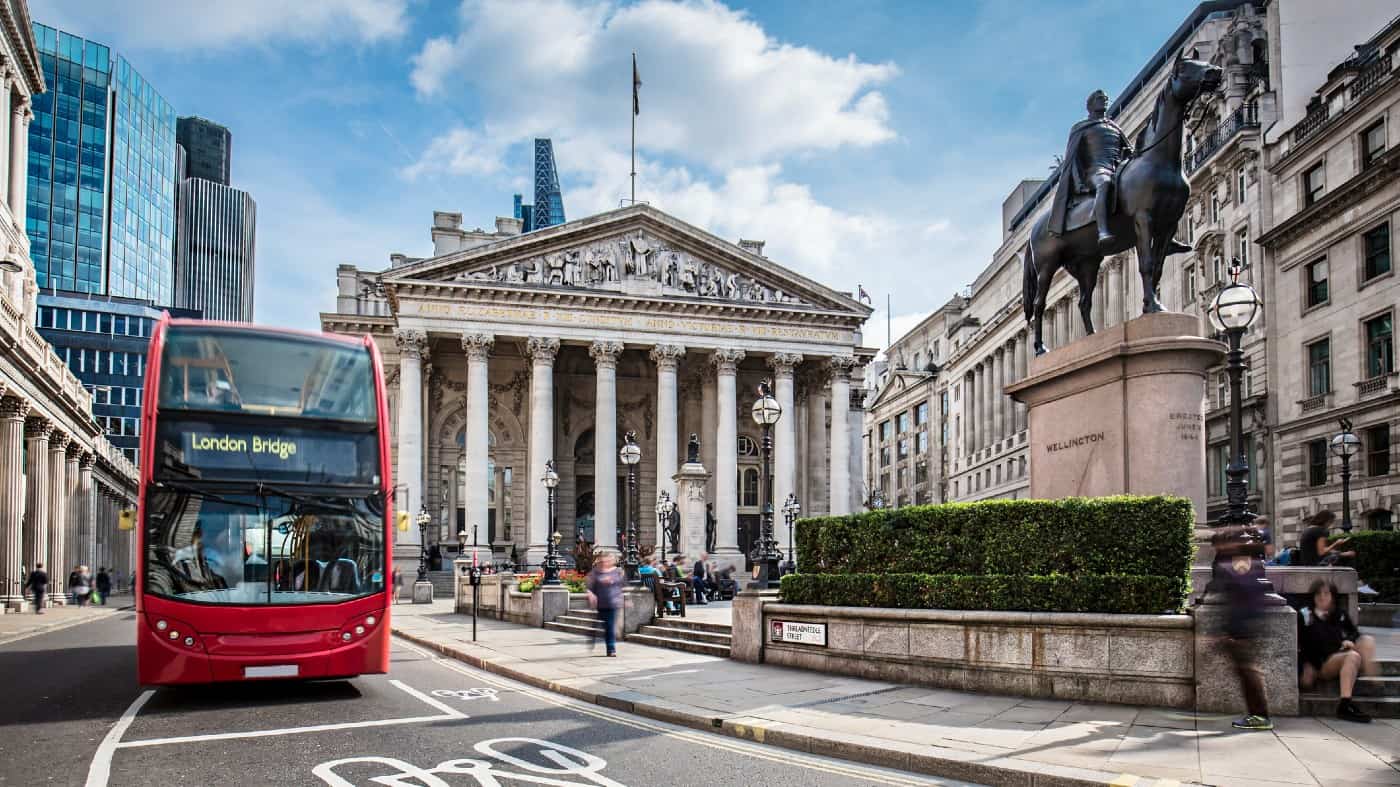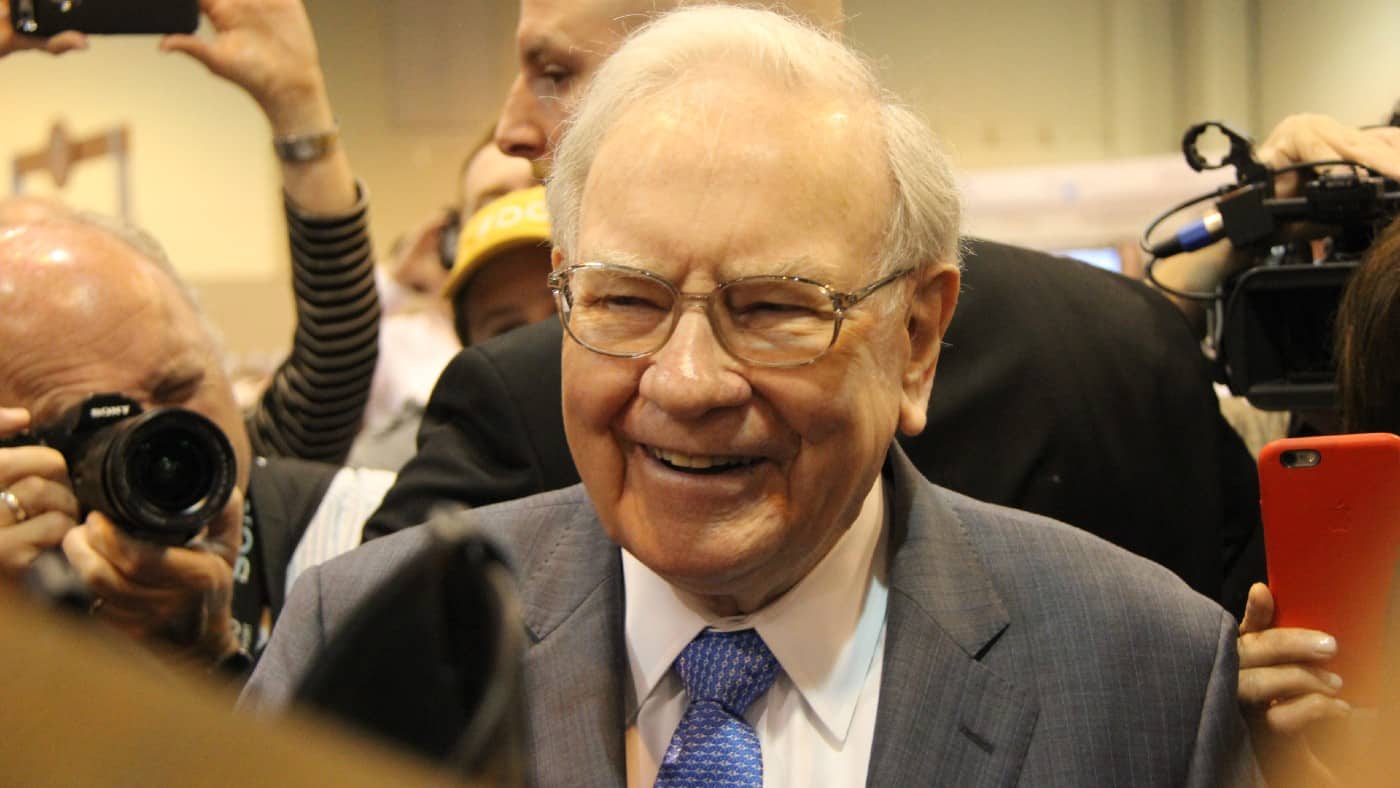Image source: Getty Images
A £1m Stocks and Shares ISA might sound farfetched, but I believe it’s quite achievable. There are some caveats and points to consider. But here’s what I’d do to try to get there.
To begin, I’d set up regular payments into my Stocks and Shares ISA. There are several benefits for doing so. First, it would give me the discipline to invest for a long-term goal.
Reaching £1m won’t happen overnight. In fact, it will probably take many years.
And second, during weaker markets I’d be able to invest at lower prices. This process is known as pound cost averaging and can be really useful in bear markets, much like the one we’re currently experiencing.
Keeping it simple
Picking investments would be my next task. With thousands of potential options, this can be a minefield. But it doesn’t have to be complicated. Often the simplest way to invest is the most effective.
That’s why I’d spend part of my monthly cash on a FTSE 100 or S&P 500 index fund. An exchange traded fund (ETF) is designed to replicate the performance of the underlying index. This low-cost instrument is a hands-off method that requires little additional involvement from me.
The long-term historical return for these funds is around 8%-10%. But let’s say I wanted to aim higher to reach my target a bit earlier.
Boosting returns
To do this, I’d select a few high-quality shares that have long-term growth potential. By this, I mean companies that operate with high margins, growing profits, and what Warren Buffett might call a moat. That’s a sustainable competitive advantage.
I’d also look for high barriers to entry so competitors can’t easily enter my company’s market. As I’m investing for a long period, my chosen shares need to have strong balance sheets and repeatable sales.
Often the shares that meet these criteria have been in business for many years. In my opinion, high-quality companies in the UK include Diageo and RELX. And in the US, they’d include Nike and Apple.
If I ‘d bought these four stocks a decade ago, I’d have made 16% a year.
Sticking to the plan
That said, the stock market doesn’t provide guarantees for future returns. I could lose money as well as make it. But when picking shares to buy, I’d focus on key attributes of the underlying businesses. If a company performs well over time, I reckon there’s a good chance its shares will do too.
I’d note that sometimes there will be periods when my ISA performs poorly. Swings in share prices are to be expected. And during severe bear markets, it’s more important than ever to stick to my plan.
From a combination of quality shares and index funds, let’s say I managed to achieve a long-term return of around 12% a year. By investing £850 a month, I calculate that I would reach my £1m goal in 22 years.
It might sound like the distant future, but those years can fly by.
Credit: Source link














